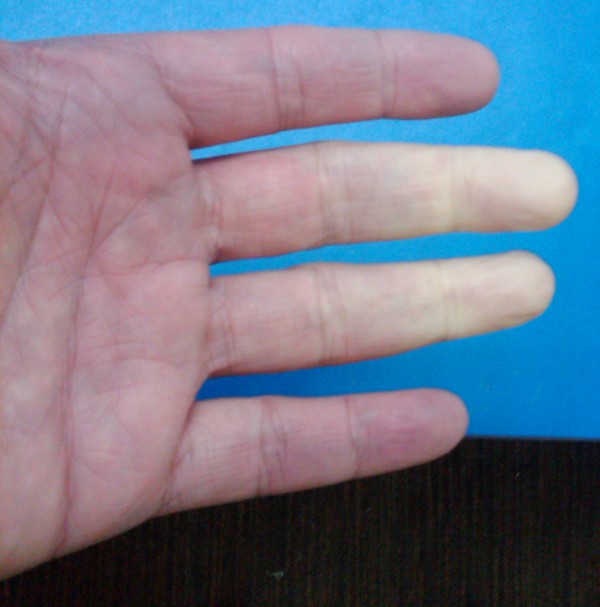To function properly, all living cells in our body need protein. Protein also supplies fuel for meeting the body’s energy needs. Proteins are essential in the diet of animals for the growth and repair of tissue and can be obtained from foods such as meat, fish, eggs, milk, nuts, grains and legumes.
Proteins, like carbohydrates, contain four calories per gram as opposed to lipids which contain nine calories and alcohols contain seven calories.
There are about 20 amino acids used by humans in protein synthesis. There are 11 “nonessential” amino acids – that means our body can synthesize these amino acids in sufficient quantities. We do not have to rely on our food for these amino acids.
The nine essential amino acids cannot be synthesized by the body and must come from dietary sources. If you eat a balanced diet then you should be able to get all the essential amino acids your body needs.
The Recommended Dietary Allowance (RDA) is 0.8 grams of protein per kilogram (2.2 pounds) of body weight per day for an average size healthy person. Protein should provide about 15 per cent of a healthy person’s daily calories.
About eight ounces of chicken or six ounces of canned tuna should be enough. A vegetarian can get enough proteins from grains, nuts and legumes. Some vegetarians eat dairy products (lactovegetarians), egg products (ovovegetarians) or both (ovolactovegetarians).
What happens if you eat too much protein?
Studies have shown that excess dietary protein increases calcium loss in the urine, raising the risk for osteoporosis and kidney stones. Your weight goes up because you consume more calories than you need. You also increase the risk of cardiovascular disease if you consume protein high in saturated fats.
From time to time our body needs extra protein. For example: the RDA is higher during childhood, pregnancy, lactation and recovery from a serious illness, trauma, or major surgery. Very active people and athletes in training probably need more protein as well, but no special RDAs have been established for such individuals as there is no general agreement on this subject.
An article in a sports medicine journal by Tipton and Witard (Clinics in Sports Medicine – January 2007) discusses the subject of protein requirements and recommendations for athletes.
The authors say that protein nutrition for athletes has long been a topic of interest. From the legendary Greek wrestler Milo – purported to eat copious amounts of beef during his five successive Olympic titles – to modern athletes consuming huge amounts of supplements including protein.
The subject is controversial. In general, scientific opinion on this controversy seems to divide itself into two camps – those who believe participation in exercise and sport increases the nutritional requirement for protein and those who believe protein requirements for athletes and exercising individuals are no different from the requirements for sedentary individuals.
The authors say that there seems to be evidence for both arguments but from a practical perspective, the requirement for protein may not be applicable to most athletes who consume a varied diet that contains complete protein foods and meets energy needs.
An athlete’s protein needs should be carefully assessed by the coach, physician and nutritionist. Risks and benefits of high protein diet and supplements should be discussed with the athlete. There is no reason to recommend protein supplements per se because there is no evidence that supplements work better than foods, say the authors.

Start reading the preview of my book A Doctor's Journey for free on Amazon. Available on Kindle for $2.99!
